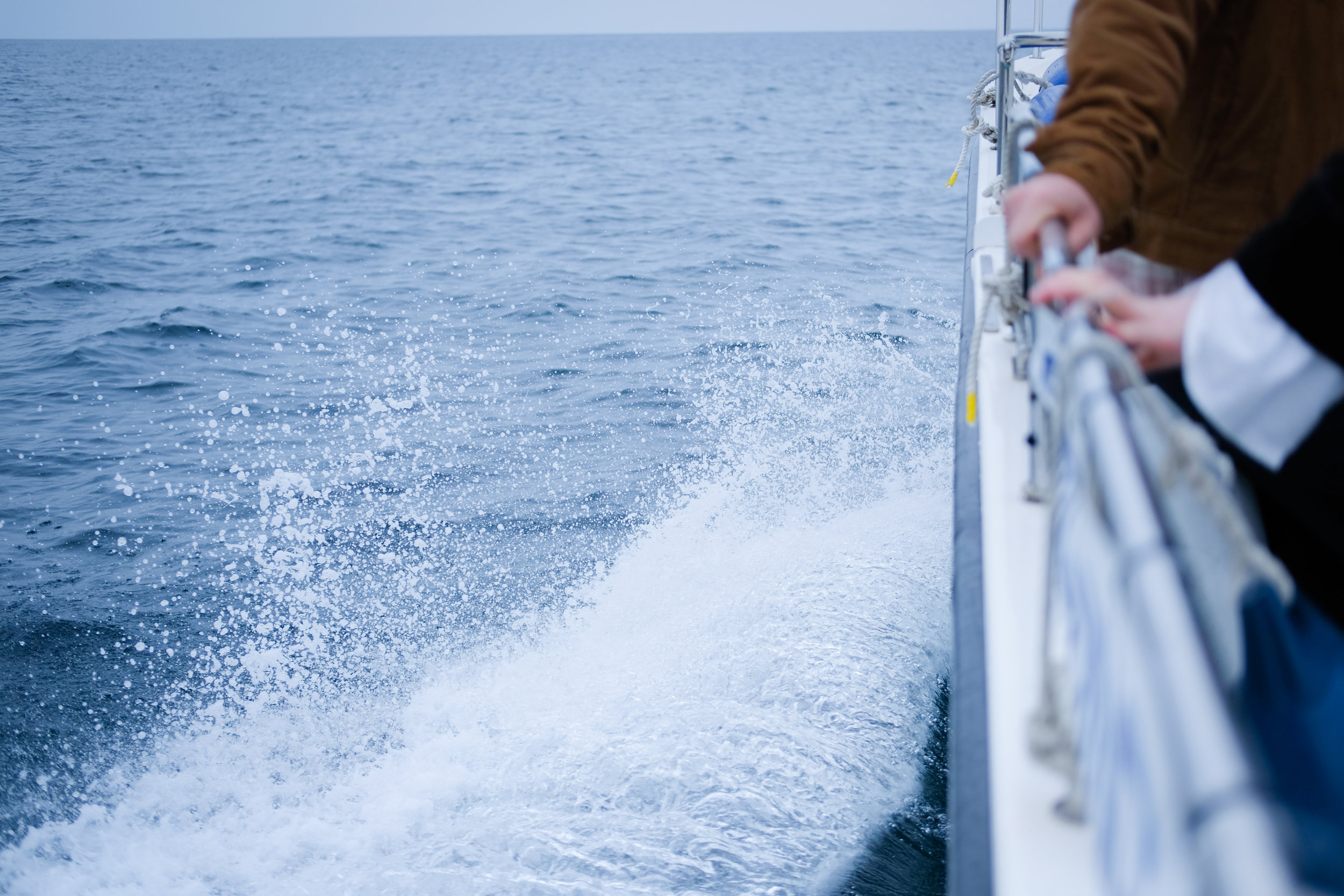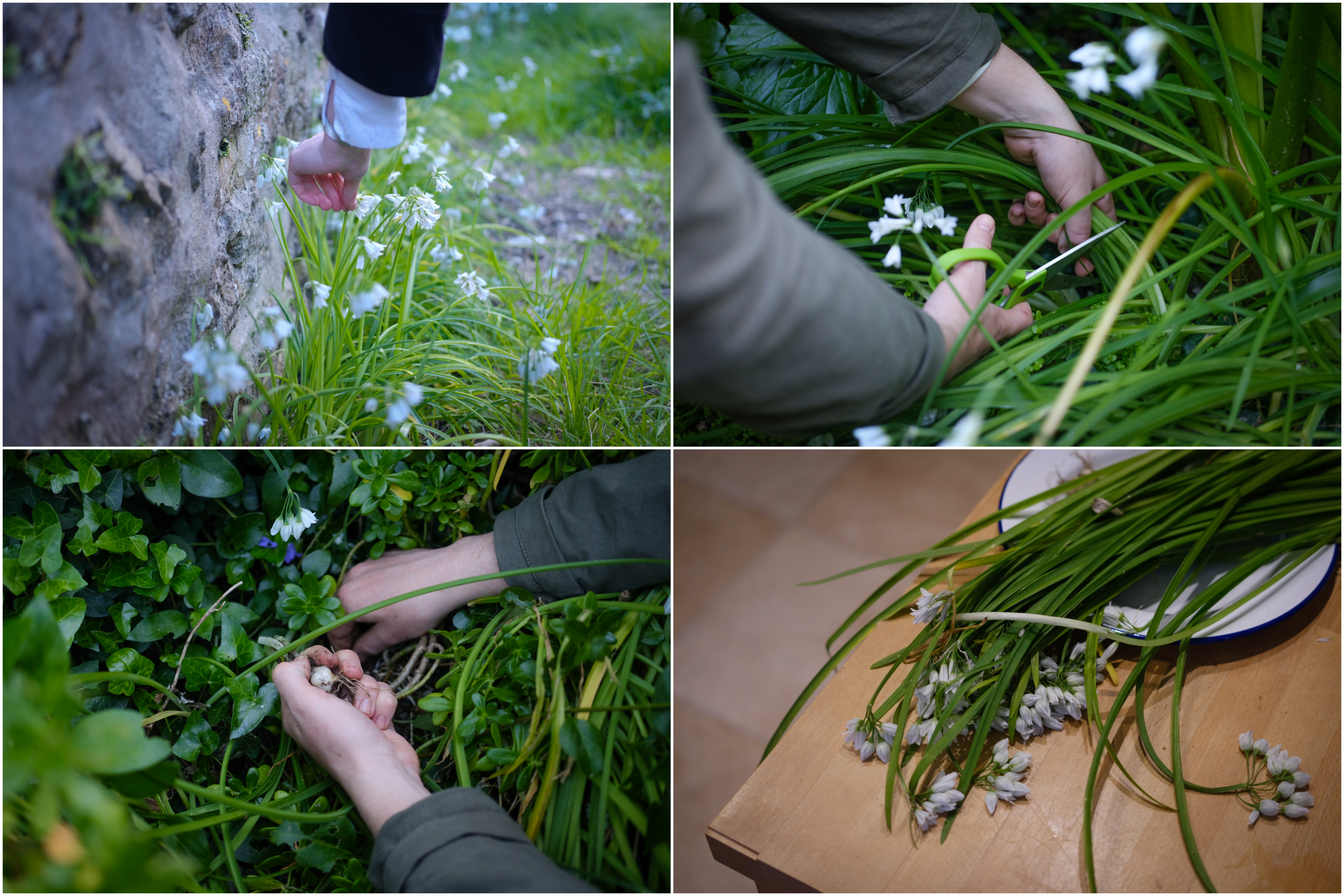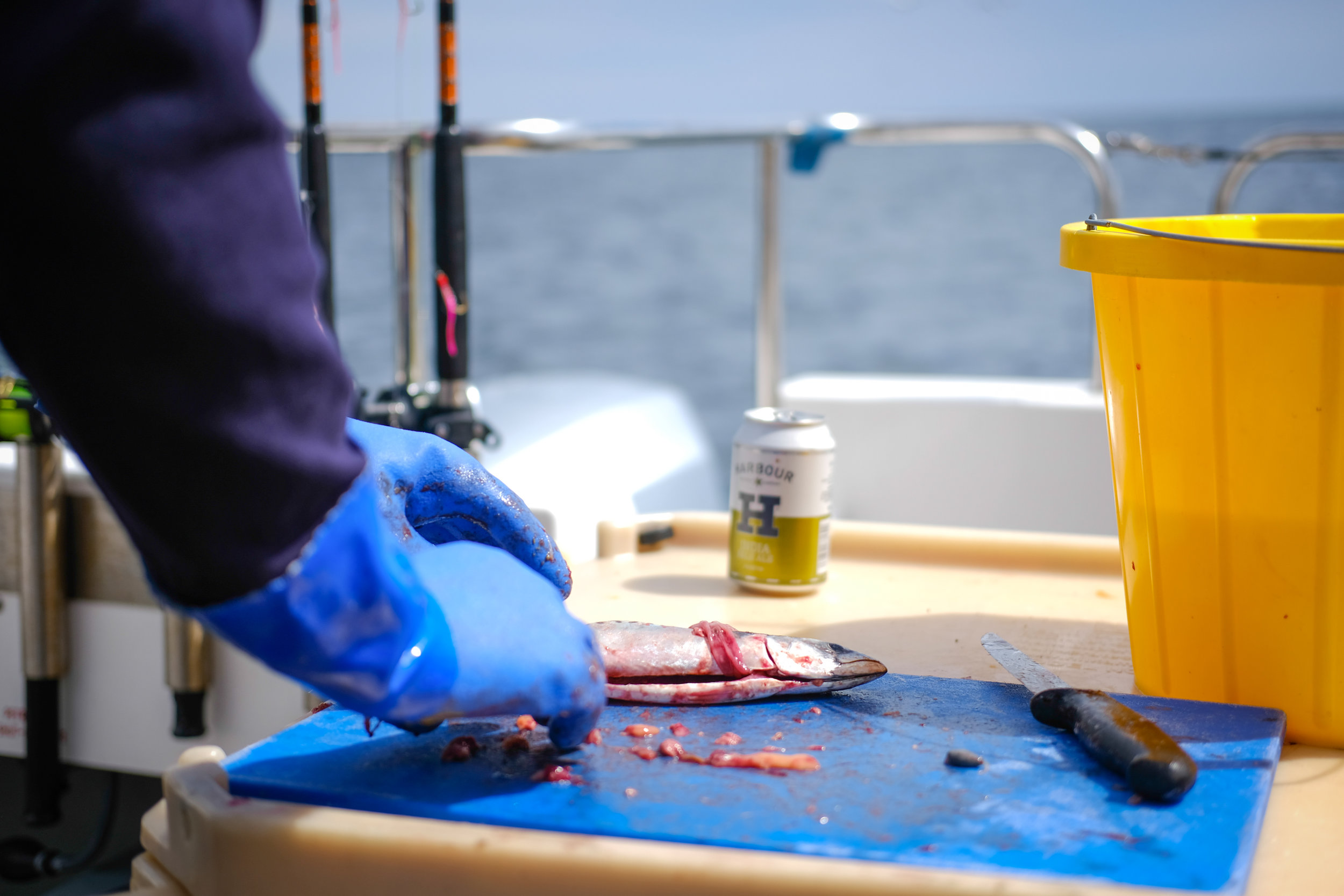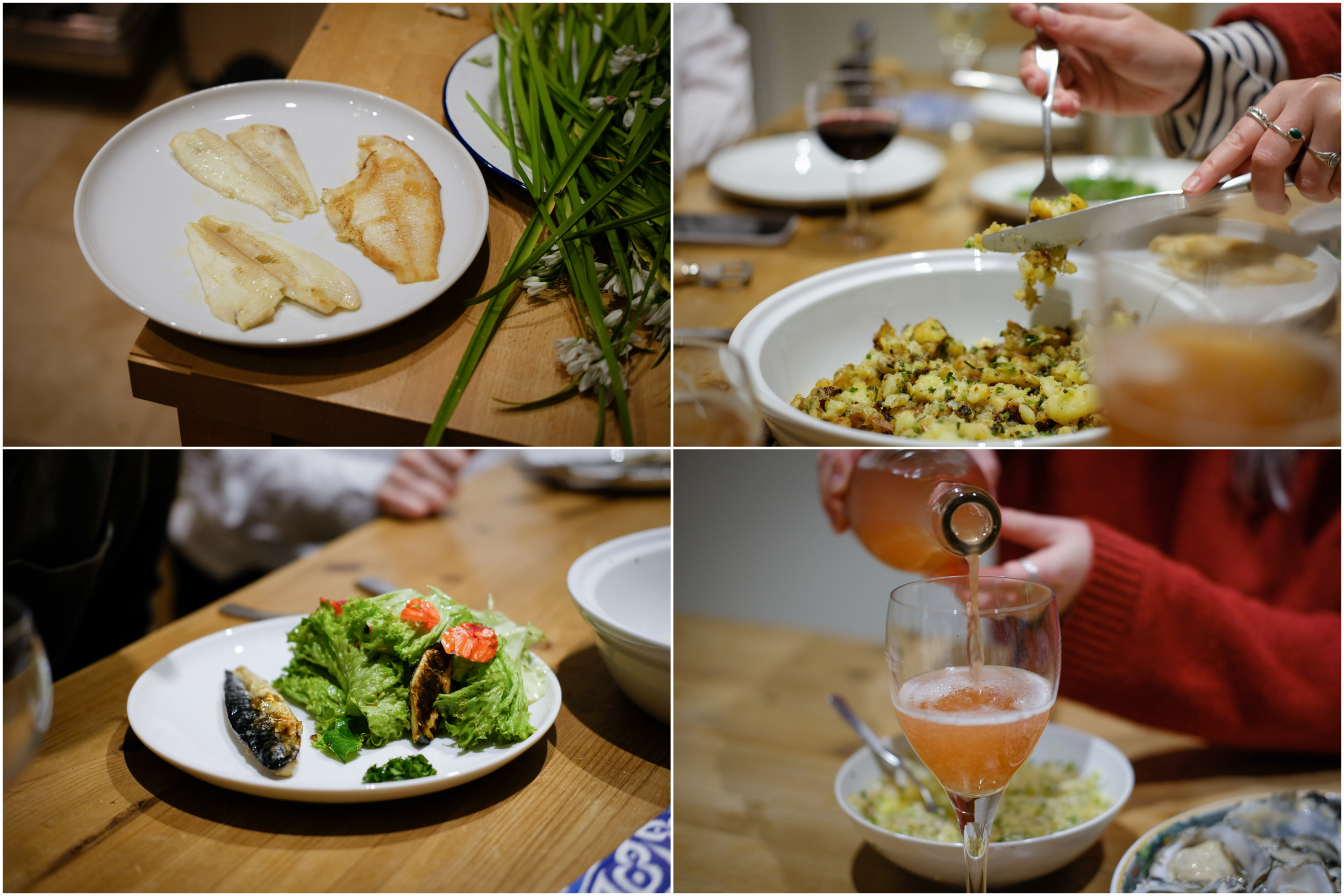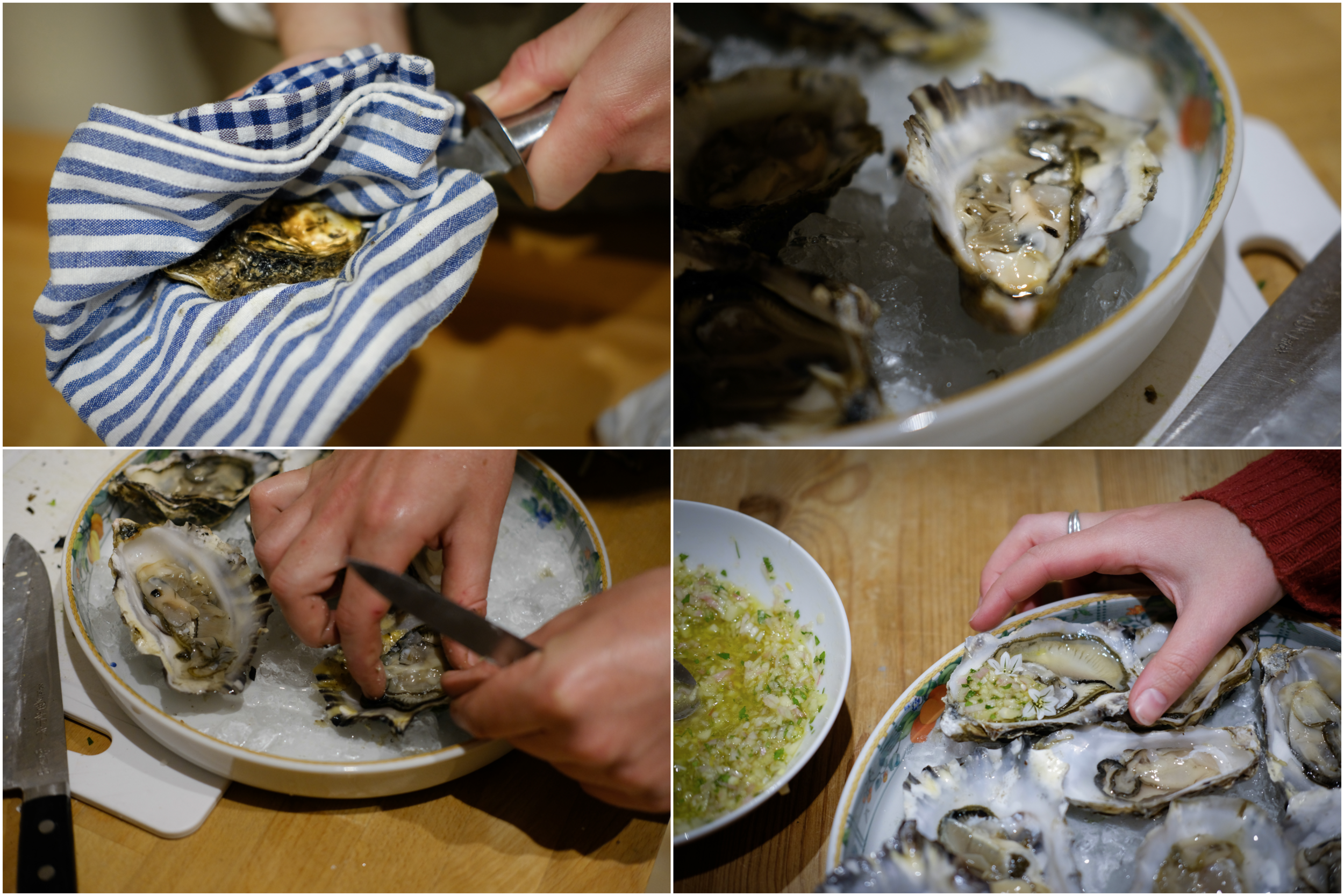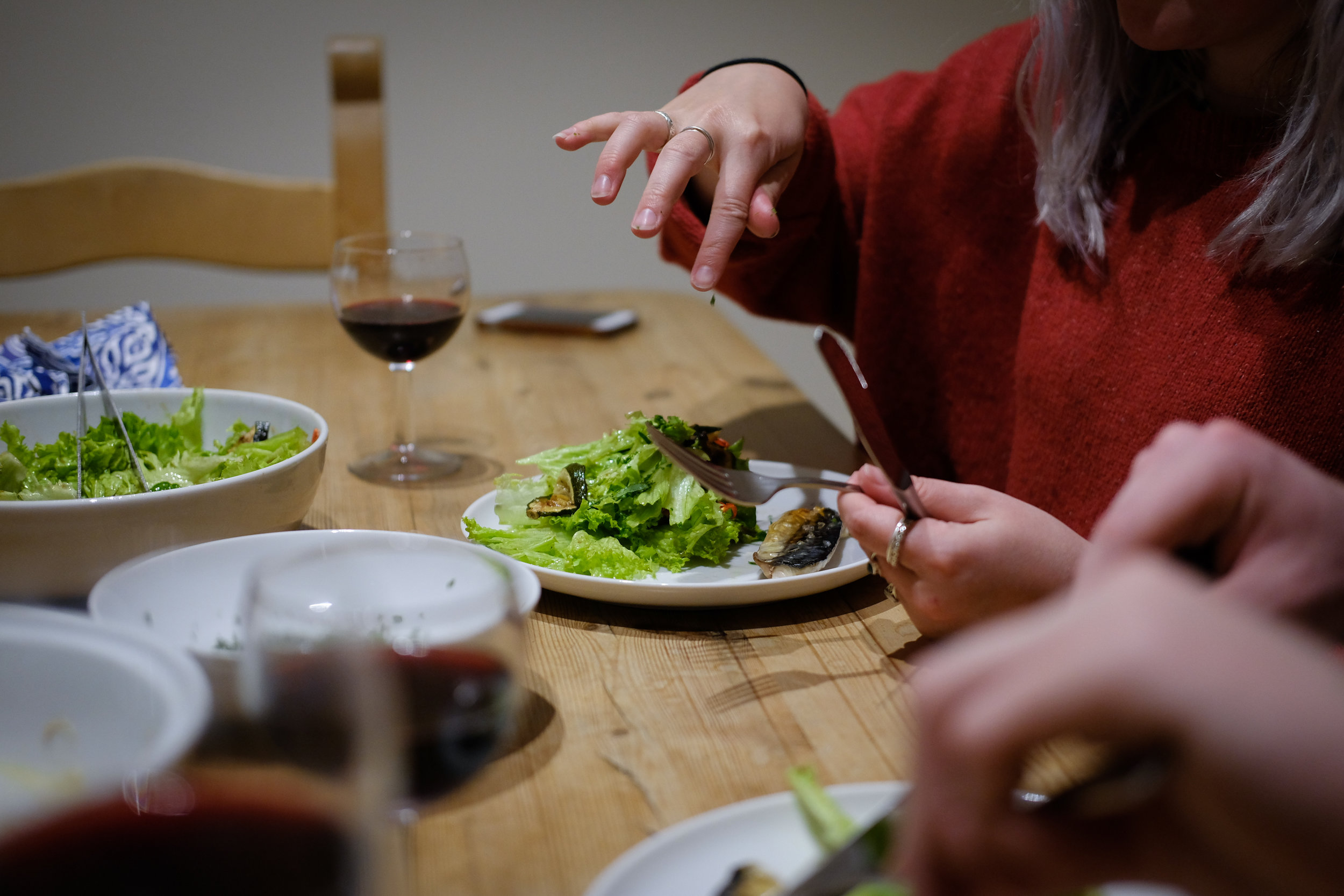“Have you got a couple of hours to spare?” Adam asks over the phone, moments after my friends and I step off the train. Our original plan, following a six-hour train journey from London to Bodmin, Cornwall, was to stop off at Harbour Brewing Co. before continuing to St Ives for a long, bank-holiday weekend. What better way is there to break up a day’s travels than visiting a brewery and its pet pigs? Adam, Harbour’s “brand guy,” has other plans for us, however. It turns out the best kind of fishing trip is the one that takes you completely by surprise.
A couple of Cornish pasties later, we trundle out of Fowey Harbour on a fishing boat with beers in hand. Two hours of tranquility and a gently rocking swell are accompanied by Harbour’s crisp Pilsners and sinkable Pales.
It’s the rare brewery visit that offers the opportunity to sing The Lonely Island’s “I’m On a Boat” to gulls wheeling overhead, though dreams of a triumphant return to shore are thwarted by smart fish, and possibly, by slightly drunk fishermen. I blame the fish, personally. Our payload is meager, and consists of two pollock (one very accidentally caught by yours truly) and a few small mackerel. We head for the nearest fishmonger once our sea-legs have subsided to supplement our catch and then continue to St Ives.
Before it’s time to cook, we set out for some green, freshly-picked accompaniments. Luckily for us (as my friend Angus, a talented chef at London restaurant Native, points out), three-cornered garlic grows abundantly in St Ives: you can hardly move for the narrow shoots and white, bell-shaped flowers. The tender stems are sweet and oniony, and the gently crunchy flowers are more reminiscent of household garlic.
Cornwall’s coastal paths, rocky bluffs, and unruly hedgerows offer a plentiful harvest for foragers, if you’ve got a careful eye. Our crop comprises the above garlic, sea rosemary, and Alexanders, though plenty more is available. Like the garlic, sea rosemary is a milder version of its inland counterpart, though still fragrant, and with a refreshing salinity. A member of the carrot family Apiaceae (along with celery, dill, and poison hemlock—make sure you know your identifications), Alexanders has a flavor that’s similar to celery, though some use it as a replacement for parsley. Younger leaves can be eaten raw, older leaves need blanching, and the stems can be peeled and boiled. Replace the sea rosemary with regular rosemary if necessary, and the Alexanders with parsley.
Our salt-sprayed gang’s original (then quickly abandoned) plan was to barbecue our catch on the beach. Instead, we pile into the cozy kitchen of our weekend home. Angus takes the helm, I’m the sous, and the other three cackle and lob “suggestions” from the kitchen table.
Mackerel, with its iridescence and tiger-like stripes, is among the most common fish in the waters around Cornwall. Oily and mild, it can be used for everything from pâté (best smeared thickly on crunchy toast) to tartare. My favorite way to cook it, as Angus expertly proceeds to do, is to grill the fillets on one side: as the blue-green skin blackens and crisps in the heat, the unctuous flesh is left tender and supple. A simple accompaniment works best for this fish, such as an easy-going green salad—in our case, one that features the young Alexanders leaves.
Plaice is a more mild-mannered fish. Bottom-dwelling and dopey-looking, it’s known for its beautifully tender, white meat; it’s less of a soloist, more a member of the ensemble. Pan-fried in a little butter, it cries out for fluffy, buttery potatoes and crunchy greens, so we make use of the stalks of the Alexanders, and fry those, too, in three-cornered-garlic butter. You’ll want to stock up on butter—this dish works best, frankly, when swimming in it.
Because democracy is objectively good, and others in our small group of holidaymakers enjoy drinks other than beer, the pairing options for this seafood feast also include low-intervention wines. Rather than simply matching white wines and Berliner Weisses with the three fish dishes, we mix it up with some less conventional choices (on top of lashings of Harbour’s Pilsner, which we vanquished so much of while at sea).
One is Tillingham Wines’ Pét-Nat Rosé, an example of the boundary-blurring that’s possible in natural wine; it tastes like crisp, wild cider, or a mixed-ferm, fruited Saison. The lightly sparkling rosé (made from Ortega, Müller Thurgau, Dornfelder, Rondo, and Pinot Noir grapes grown in Sussex, southeast England) complements the first course of freshly (and difficultly, the bastards) shucked oysters and apple, honey, and three-cornered garlic salsa. A dry, punchy, red-fruity Tempranillo stands up to the oily pungency of the mackerel, with a floral note complemented by the nasturtium petals atop the salad. My favorite pairing, the final of the three, is Burning Sky’s Saison de Fête: light barnyard and citrus flavors ease around the delicate white fish and potatoes, all slathered in butter.
Oysters with Apple Salsa
1 tart apple (such as a Granny Smith)
1 banana (échalion) shallot
Small bunch Alexanders leaves, finely chopped (substitute with parsley)
1–2 tablespoons white-wine or cider vinegar
1–2 tablespoons extra-virgin olive oil
Sea salt, to taste
10-12 fresh oysters
1. First, make the salsa. Finely dice an apple and a shallot to preference: coarser if you prefer a bit of bite, or finer if, like me, you want the texture of the oyster to be prominent. Mix together with a handful of young Alexanders leaves. Dress with a splash of white-wine or cider vinegar for sharpness, a glug of olive oil, and a generous pinch of sea salt. Mix vigorously.
2. Shuck the oysters (carefully, as these delicious rocks can fight back). Thick gloves are advisable or, at the very least, fold a tea towel over several times and hold the oyster in that.
3. Arrange the shucked oysters in a wide, shallow dish filled with crushed ice. Spoon the salsa over the oysters, or keep in a dish on the side.
Grilled Mackerel and Zucchini Salad
5–6 whole mackerel
2 medium zucchini
1 cup (237ml) olive oil, divided
Sea salt, to taste
1 lemon
2 heads baby-gem lettuce
Small handful Alexanders leaves (substitute with parsley)
Small handful three-cornered garlic and nasturtium flowers
1. If you’ve bought mackerel fillets, skip this step. First, using a sharp knife, make an incision behind the mackerel’s fin, down to the backbone, parallel to the fish’s gills, and repeat on the other side. Place the fish belly-down, and cut through the backbone, removing the head. With the fish on its side, and cutting as close to the backbone as possible, run the knife parallel to the chopping board, cutting the fillet away from the backbone. Repeat on the other side, before carefully removing the pin bones from the fillets. Trim the top and bottom edges of the fillets. For a more in-depth guide, see here.
2. Top and tail the zucchini before cutting into chunky strips, roughly ¼-inch thick. Liberally splash olive oil over the ribbons. Do the same for the fish, then sprinkle salt over both to taste.
3. On separate oven trays, broil both under a high heat until the zucchini is crisp around the edges, and starting to bubble and blacken in the center—flip at this point, though the other side will cook quicker. Meanwhile, broil the mackerel skin-side up: you want crisp, lightly charred skin, and soft flesh underneath. Leave to cool once cooked, then squeeze the lemon over the mackerel.
4. Roughly tear the baby gem lettuce, and line a salad bowl with the leaves. Shred the Alexanders, and pile on top of the lettuce, with both garlic and nasturtium flowers. Drizzle olive oil over and season with salt, to taste.
5. Serve each element of this dish separately: let your guests pick from plates of fish and zucchini and gather spoonfuls of salad onto their plates. Alternatively, pile the fish and zucchini on top of the salad—don’t worry too much about aesthetically pleasing plating; it’s the simplicity of this dish that’s beautiful.
Plaice with Sea Rosemary and Brown Butter Sauce
4 whole plaice or sole, or 8 fillets
Small pinch sea salt
3 tablespoons olive oil
7 tablespoons (100g) salted butter, cubed
Scant ½ cup (100ml) white wine
Small handful sea rosemary (substitute with regular rosemary), roughly chopped
1. Fillet the plaice. This requires a method not hugely dissimilar to the mackerel, though a little more complex. This is a great guide on how to do so. Alternatively, purchase the fillets, or ask your fishmonger to do it for you. You can remove the skin if you prefer, but I’m a big fan of the satisfying crunch of fried fish skin, which works well with the flaky flesh and fluffy potatoes.
2. Pat the skin dry with paper towels, then sprinkle a pinch of salt over the fish. Place a pan over high heat and add the oil. Place the fillets skin-side down, and cook until the skin begins to crisp. Throw in a tablespoon of butter per fillet, then turn the heat all the way down to its lowest setting. Flip the fillet and cook on the reverse until golden, basting in the butter (which will brown as you do so) as it cooks.
3. Transfer the fillets to a serving platter. Quickly deglaze the pan with the white wine, and add the sea rosemary. Stir through, then pour the pan sauce over the fish and serve immediately.
Confit New Potatoes
2–3 lbs (1–1 ⅓ kilos) new potatoes
2 cups (500ml) olive oil
7 tablespoons (100g) salted butter, cubed
Large handful three-cornered garlic shoots, or scallions, roughly chopped
1. Clean, then par-boil the new potatoes in salted water until fork-tender. Meanwhile, add the olive oil to a large roasting pan; it should measure roughly 1-inch deep. Preheat your oven to 430° Fahrenheit (220° Celsius), and place the roasting pan inside to warm.
2. Drain the potatoes and leave to steam for a minute. Crush gently with a heavy saucepan or whatever you have to hand—don’t mash them; let them retain some of their shape. Carefully pull the oven rack halfway out and add the potatoes to the roasting pan, taking care to avoid splattering the hot oil. Spread them evenly throughout the pan; they should be semi-submerged in oil. Roast for 15 minutes, flipping gently halfway through, and add the cubed butter.
3. After the potatoes have finished cooking, remove from the oven (and the oil, using a slotted spoon), and place in a serving bowl. Add a good handful of garlic shoots, or scallions, and stir through.
4. Serve the potatoes alongside the plaice (or sole), and drizzle over any brown-butter sauce not used on the fish.


